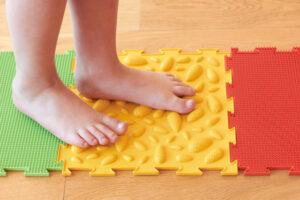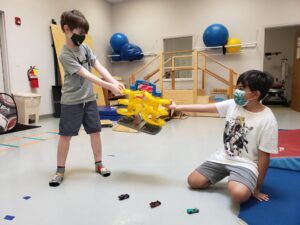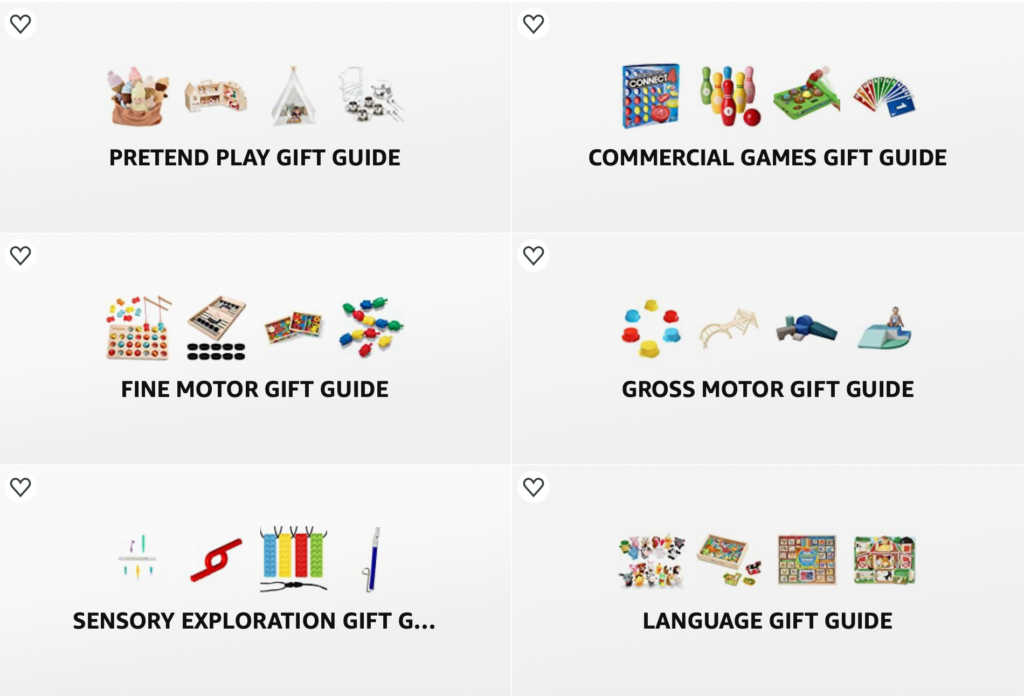Small Steps for a Healthier Life
Worried about your child’s health related to weight? “The most common causes of childhood weight issues are are genetic factors or family history of obesity; decreased participation in physical activities; unhealthy eating patterns or behaviors; and, in rare cases, medical conditions.” – AOTA. Do you have concerns about your child? Getting healthier doesn’t have to be overwhelming. Making small changes in activity level and making healthier food choices are a great way to start feeling good and reducing weight related illness.
What can I do to start making healthy changes?
- Make conscious decisions about your activities. Start with making small changes like:
- Adding a little movement to morning routine to get body ready for the day like animal walks or a walk around the block
- Encourage activities your child and family enjoy. Do you like to dance or play sports?
- Adapt evening routine to decrease screen time and prepare body for sleep like doing some fun yoga stretches
How can you make mealtime fun and healthy?
- Make mealtime a valued time for socializing and sharing
- Eat dinner together as often as possible
- Make small swaps for healthier meals like quinoa for white rice
- Let the kids select a healthy menu and help make it
- Add some fun with trying a new fruit or vegetable
How to get some quality Zzzz’s?

- Provide time for lots of movement throughout the day
- Keep a consistent wake-up time every morning, and nap time for little ones
- Have a consistent bedtime routine every night
- Decrease screen time in the evening at least 1-2 hours before bed
- Mealtime should be at least 1-2 hours before bedtime and include complex carbohydrates (fruits, veggies and whole grains)
- Reduce simple carbohydrates like candy, cakes, cookies, juice, soda
- Check temperature of room not too hot and more on the cooler side
- Dim the lights, if child needs a nightlight use a pink light bulb
- Make sure pj’s are comfortable, not itchy
- Use white noise to drown other environmental sounds
- Use lavender or vanilla essential oils for calming scents
Getting healthier doesn’t have to be overwhelming. Making small changes in activity level and making healthier food choices are a great way to start feeling good and reducing weight related illness. If you need support for a healthier lifestyle don’t hesitate to give us a call. BDI Playhouse Children’s Therapy offers free screenings and consultations through telehealth or at one of our child friendly therapy gyms in Aurora and Orland Park, IL. Our occupational therapists can help you curate culturally appropriate healthy food preparation and meal ideas as well as identify enjoyable physical and social activities for you and your child.
Written by Jessica Frederick, COTA/L





















